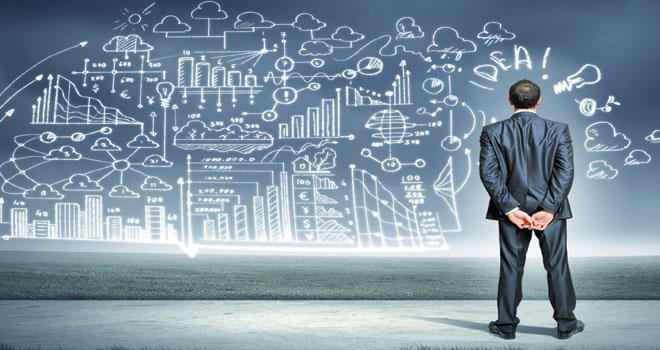Harnessing Our Digital Future
This is the title of a new book by Andrew McAfee and Erik Brynjolfsson, directors of the MIT Centre for Digital Business, which was recently reviewed in News24.
Below is an extract from the review.
We are living in what is the most creative and disrupted period in human history – so far. This mind-bending reality is a function of the emergence of (for example) effective artificial intelligence in areas as different from each other as health care, transportation and retailing.
There are three primary contributing forces driving our revolutionary advances: machines, platforms and crowds.
Machines
Machines of the first industrial revolution amplified people’s physical strength in ways unimaginable for centuries. We could move faster and further than we could ever have imagined, do tasks that would have required armies of labourers with just a few people, and produce more goods per minute than people were previously able to produce in years.
Machines of the second industrial revolution will do for people’s mental ability what the first industrial revolution did for muscle power. Whereas 100 years ago, an advert for a computer was a job-ad for a person who could compute, an advert for a computer today is for a device that can not only compute but think fast, collate, analyse, diagnose and even create.
Platforms
The second contributing force driving our revolutionary advances is ‘platforms.’
Consider that Uber, the world’s largest taxi company, owns no vehicles. Facebook, the world’s most popular media owner, creates no content. Alibaba, the world’s most valuable retailer, has no inventory. And Airbnb, the world’s largest accommodation provider, owns no real estate.
The idea of platforms is not a new one. A shopping mall is a platform that allows for the aggregation of the shopping experience. It enables sellers to interface with customers by providing a user-friendly platform that enables getting to the shops through parking facilities, and staying there longer by including food outlets.
The difference today is that the platforms no longer need to be physical; they are also digital. Unbound by physical assets and infrastructure, digital platforms can grow scarily fast. Airbnb doubled the number of nights booked through the site in 12 months. Apple, through its iPhone and iPad, created a digital platform and grew into one of the largest companies on the planet in less than a decade.
It is precisely because these and so many other platforms are such “indescribably thin layers”, that they can have such an impact.
Crowds
Through the extraordinary power of our new machines, and the explosive multiplier effect of platforms, we can benefit from the third contributing force driving our revolutionary advances – crowds.
Humanity has for a long time aggregated knowledge (for example) through collections of wisdom in book form in libraries. The internet provides a similar aggregation service, only in a spectacularly more varied form – text, video, music, contributed by large, varied crowds of people. Billions of them.
This ability to aggregate can be used for evil such as propagating hate or crime. But it can also be used for good, as is evident from its ‘crowd-funding’ potential, as an example.
They are in effect ‘buying’ a product that doesn’t exist yet. This is the real value: they are backing a venture that might never exist without their votes of confidence. And they are providing the most powerful and desperately sought, reliable market intelligence, as well as a non-traditional marketing method.
In conclusion
The three factors – machines, platforms and crowds – illustrate three great trends that are reshaping the business world.
Technological progress will test a firm’s ability to survive, and survival is shortening. In 1960, S&P 500 companies used to last 60 years; now they last less than 20. This book is a guide for business people on how to navigate ‘destruction’ successfully.
The real question is not what technology will do to us, but how can we use this tool called technology. Tools don’t decide what happens to people – people do. Technology only creates options; success depends on how people take advantage of these.
BOOK REVIEW: The digital power of machines, platforms and crowds by Ian Mann in Fin24.



